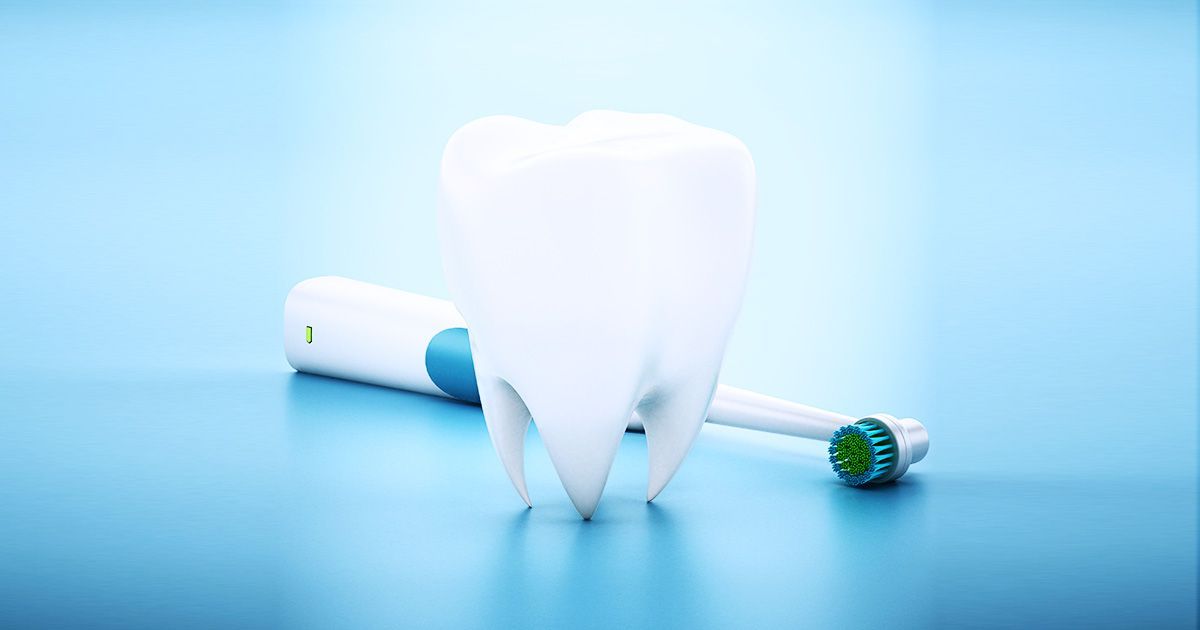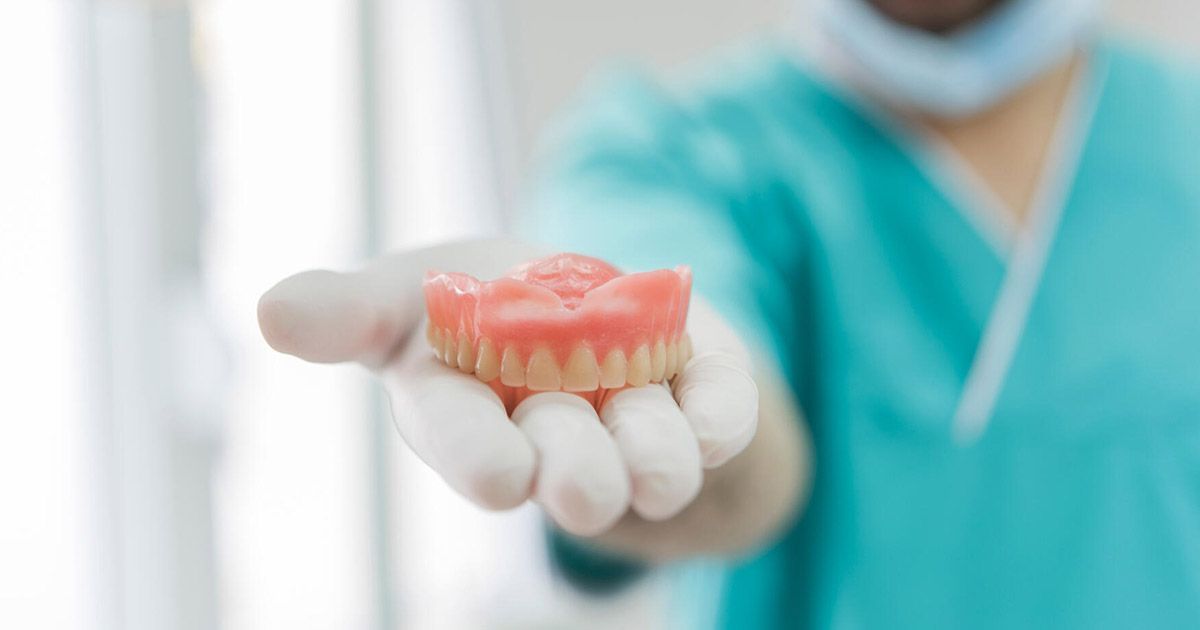What's the Difference Between Composite Fillings and Dental Crowns?
Composite fillings and dental crowns are types of restorative dental care. But what are the differences between the two? Here's what to know.
Nearly everyone experiences tooth decay or cavities at some point in their life. Thankfully, treatment is simple with standard forms of restorative dental care, such as composite fillings and dental crowns. Both restore the function and beauty of teeth after tooth decay or cavities.
Dental crowns and composite fillings share some similarities, so it can be easy to confuse them. To help you better understand the difference, we will explain why you may need a composite filling or crown. Then, we will break down the steps of each procedure.
What Is a Composite Filling?
When a cavity forms, a filling replaces the decayed substance in your tooth. First, your dentist has to remove the decayed area and clean out the hole.
Next, they place a filling in the tooth, which returns the tooth to its proper shape and structure. Fillings also prevent further tooth decay.
In the past, dentists commonly made fillings from gold or silver amalgam. While they still use these on occasion, they are no longer a dentist's first choice.
Now, it is more common for dentists to use composite resin fillings. This material is attractive, as the dentist can match it to the patient's tooth's color. Moreover, they are durable and long-lasting.
Typically, dentists use fillings to repair small amounts of damage in a single tooth. Sometimes the issue is decay, a chip, break, or an old filling. Some signs that your tooth may need a filling include:
- Sensitivity when consuming cold or hot food or beverages
- A visible black hole in the tooth
- Toothache
- Floss shreds or food gets stuck in your teeth
The best way to know if you need a filling is by visiting the dentist for an examination. They will determine the cause of the uncomfortable or bothersome symptoms you are experiencing and create a treatment plan.
Getting Composite Fillings
The procedure for a composite dental filling is generally straightforward and quick. Here are the steps your dentist will take during a filling procedure.
- The dentist will apply an anesthetic, such as lidocaine, to the gums or teeth to numb the tooth area and allow the dentist to perform the filling without any pain
- Next, the dentist will wait a few minutes until the area is numb
- He or she will use a drill to remove the decay or damaged area of the tooth
- After, the dentist will clean the area with a gel
- Now, the dentist will apply the composite material to the tooth to fill the area that was previously decayed or damaged
- The dentist will use a special light to harden the composite resin material
- Finally, your dentist will remove any rough edges by smoothing and polishing the tooth
The entire procedure will take about an hour, but it may take longer if you have multiple cavities that need fillings.
What Is a Dental Crown?
When a tooth has a more significant amount of decay, dentists use crowns to repair them. Crowns can also improve the function of chipped or broken teeth.
Crowns (which some people call "caps") are a cover for an existing tooth. They cover the portion of the tooth that extends above the gumline.
Dentists can use crowns made from various materials, such as metal alloys, composite resin, or ceramics. The most frequently used material is porcelain because it looks and feels just like a natural tooth. It is also a reliable and strong material.
You may need a crown if:
- You have a large cavity that is too big for a filling
- Your tooth has a crack
- There is severe damage or wear on your tooth
- Your tooth also needs a root canal
- Your treatment plan includes an implant or dental bridge
After an examination, your dentist will be able to decide the proper treatment for your tooth decay or damage. If your dentist cannot repair it with a filling, you will likely need a crown.
Getting a Dental Crown
Typically, it takes several appointments to get a crown. At the first visit, your dentist will examine and prepare the tooth that needs the crown. They will likely take x-rays too.
Then, the dentist will remove the outer layer of the tooth by filing it down. After, they will make an impression or mold of your mouth. Your dentist will send it to the lab, where they will make the crown.
Since you will need to wait for your permanent crown to return from the lab, your dentist will make a temporary one for you. It will not be as durable as your permanent crown, so you will have to be careful when chewing in the meantime.
When your crown comes in, your dentist will have you return for a second visit. They will then cement the crown onto your tooth.
Caring for Fillings and Crowns
Once you repair your tooth decay, it is vital to pay close attention to your oral health. Here are some practical suggestions that will keep your teeth, fillings, and crowns strong and healthy.
- Brush your teeth every morning and night
- Floss daily
- Get an exam and a cleaning every six months
- Limit sugar intake
- Avoid chewing ice or hard candy
- Never bite on hard objects or try to open packages with your teeth
By following these steps, you can prevent cavities and other oral health issues. You can also prolong the life of your crowns and fillings.
Find the Best Treatment Plan
As we have considered, both composite fillings and crowns can restore your teeth to their optimal function. However, fillings repair small areas of decay or damage. Crowns fix larger issues or severe corrosion.
If you suspect that you may need a crown or composite fillings, contact our office today! By performing an examination, we will determine the root of your discomfort or troubling symptoms. Whether your treatment involves a filling or a crown, we can make the process as painless and straightforward as possible!
Contact us now by scheduling an appointment online.













